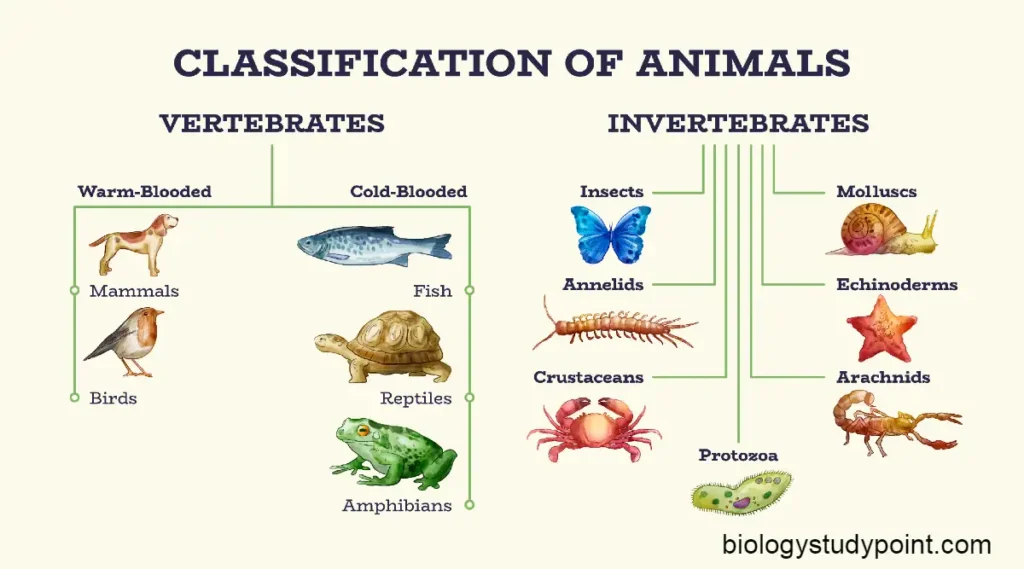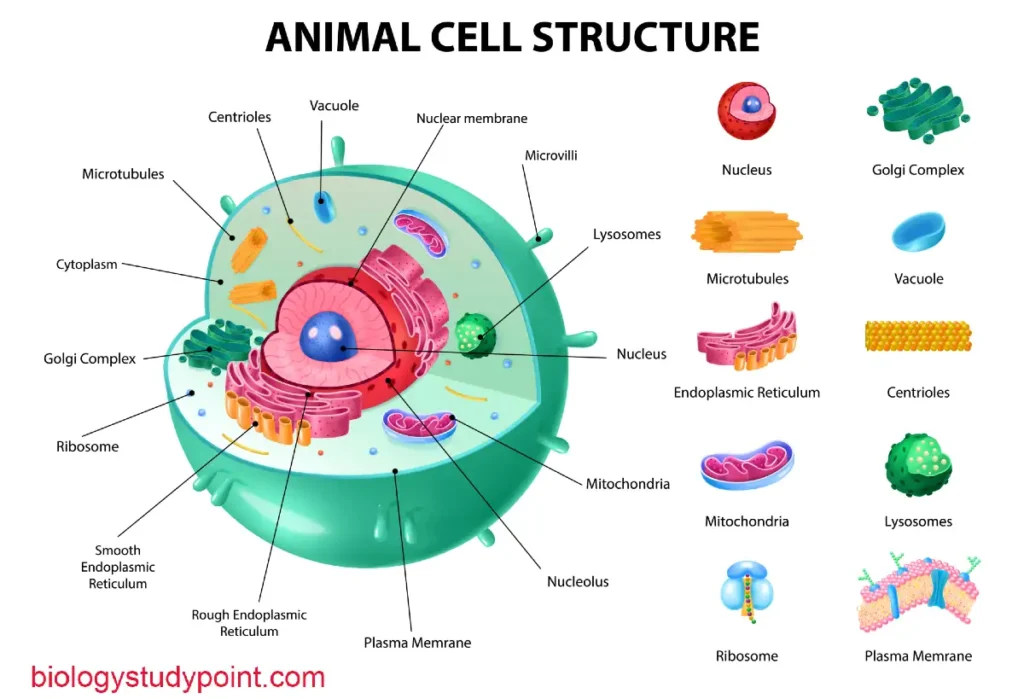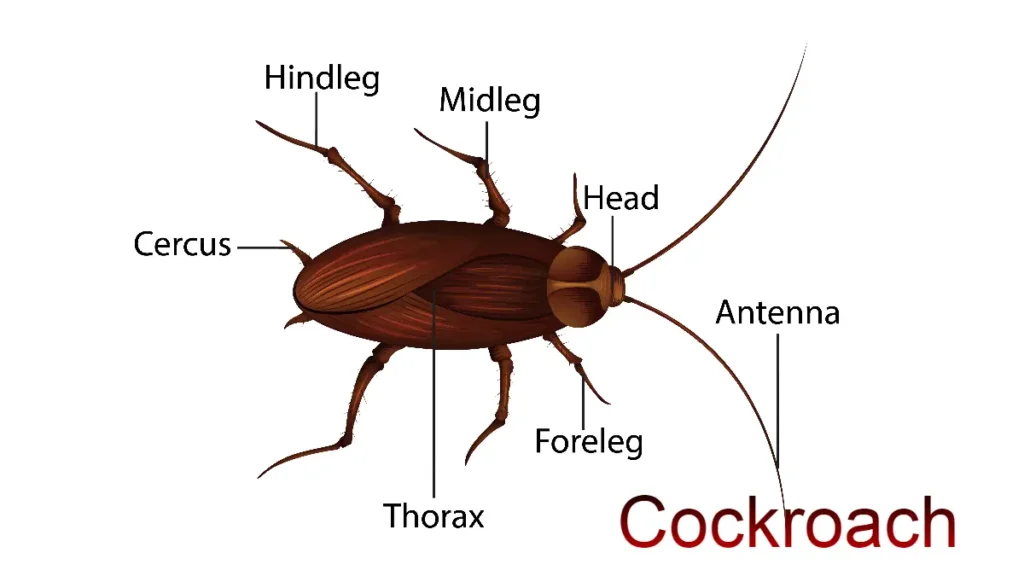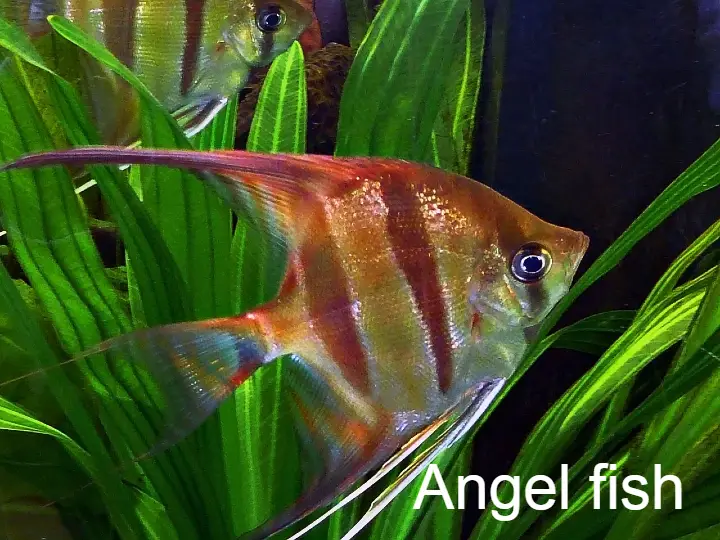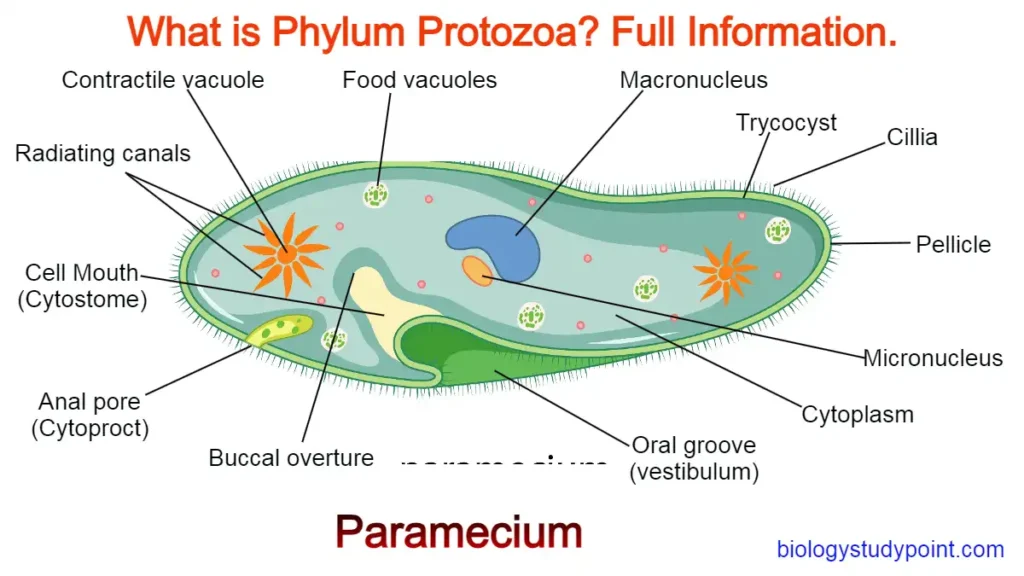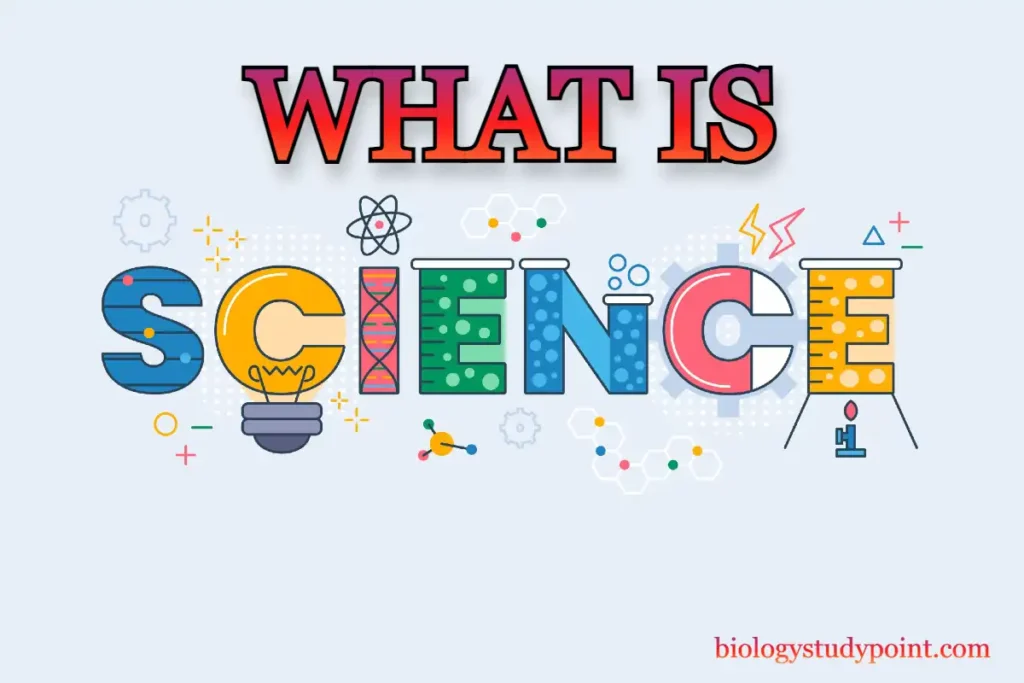Hello friends, today we will read about cell walls from A to Z, including what they are, where they are found, who discovered them, what they are made of, and more. So, without wasting any time, let’s start.
What is a cell wall?
After the plasma membrane, the cell is surrounded by another layer called the cell wall. It is a hard, non-living cover.
What is the function of the cell wall?
The cell wall protects the cell, helps maintain its shape, and prevents it from bursting.
Who discovered the cell wall?
The cell wall was first discovered by Robert Hooke in 1665.
Where is the cell wall found?
The cell wall is found in plants, fungi, algae, and bacteria but not seen in animals.
What is the cell wall of plants made of?
The plant cell wall comprises cellulose, hemicellulose, and pectin.
What is the cell wall of fungi made of?
In fungi, the cell wall is made of chitin.
What is the cell wall of algae made of?
The cell wall of algae is composed of cellulose, galactans, mannans, and minerals.
What is the cell wall of bacteria made of?
The cell wall in bacteria is made up of peptidoglycan and murein.
How is the cell wall formed during cell division?
Or how is the cell wall formed?
In cell division, the nucleus first divides into two parts. The division of the nucleus is called karyokinesis. Then, the cytoplasm divides, which is called cytokinesis.
In plant cells, the cytoplasm is also divided after the division of the nucleus, but the cytoplasm is divided by a cell plate method. In this method, the Endoplasmic reticulum (ER) and Golgi body in the cell come together in between.
And moving from the center to the periphery, they make a plate. And because of this plate, the cytoplasm is divided into two parts. This plate comprises two organelles, the Endoplasmic reticulum (ER) and the Golgi body.
And those Golgi bodies found in plant cells are called dictyosomes. Now, both these organelles secrete a chemical, which is calcium and magnesium pectate. Now, both these organelles leave this chemical in the middle, and half goes into this cytoplasm and half into that cytoplasm. These chemicals form a banded structure called the middle lamella.
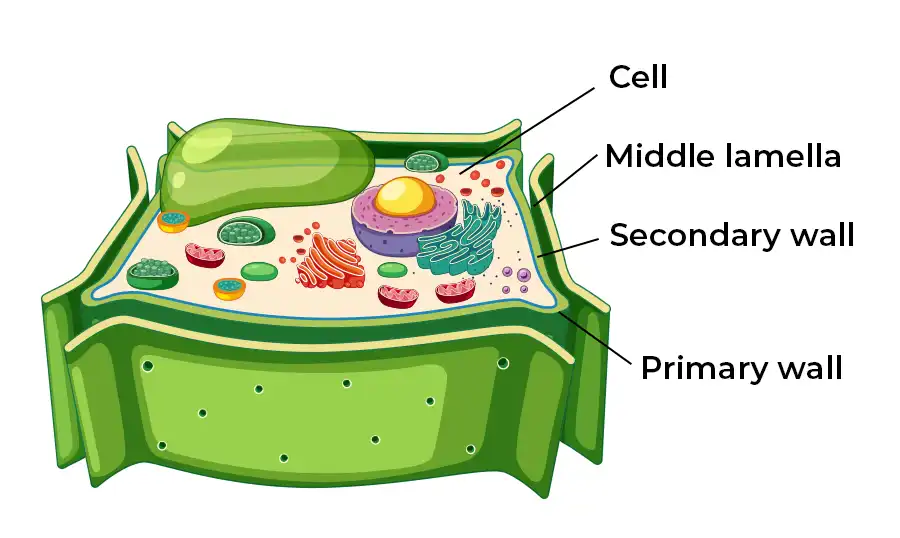
Both cells contain ER and Golgi bodies. Now, both cells secrete chemicals on both sides of the membrane: cellulose, hemicellulose, and pectin. When these chemicals are secreted, a layer is formed on both sides, which is called a primary wall.
Now, it will do its work, but when this primary wall gradually becomes old or aged, it will move inside the cell, and in its place, another new primary wall will be formed. This process is said to keep on happening again and again. Together, this primary wall and secondary wall are called the cell wall.
As you know, in b, between the cell walls of both cells, the membrane is located in these two cytoplasmic fibers (plasmodesmata), which are situated crosswise and connect the surrounding cytoplasm.
Some Important Questions Answer
Do animal cells have a cell wall?
No,
Do prokaryotes have a cell wall?
Yes,
Do eukaryotes have a cell wall?
Yes, Plants, Fungi, and Algae
Does fungi have a cell wall?
Yes,
Do all cells have a cell wall?
No, the cell wall is absent in animal cells
Do bacteria have a cell wall?
Yes,
How does the cell wall protect a plant cell?
Hint: Read the article.
I hope you, friends, liked the information about cell walls. If you do, please share it with your friends.
Thank you
